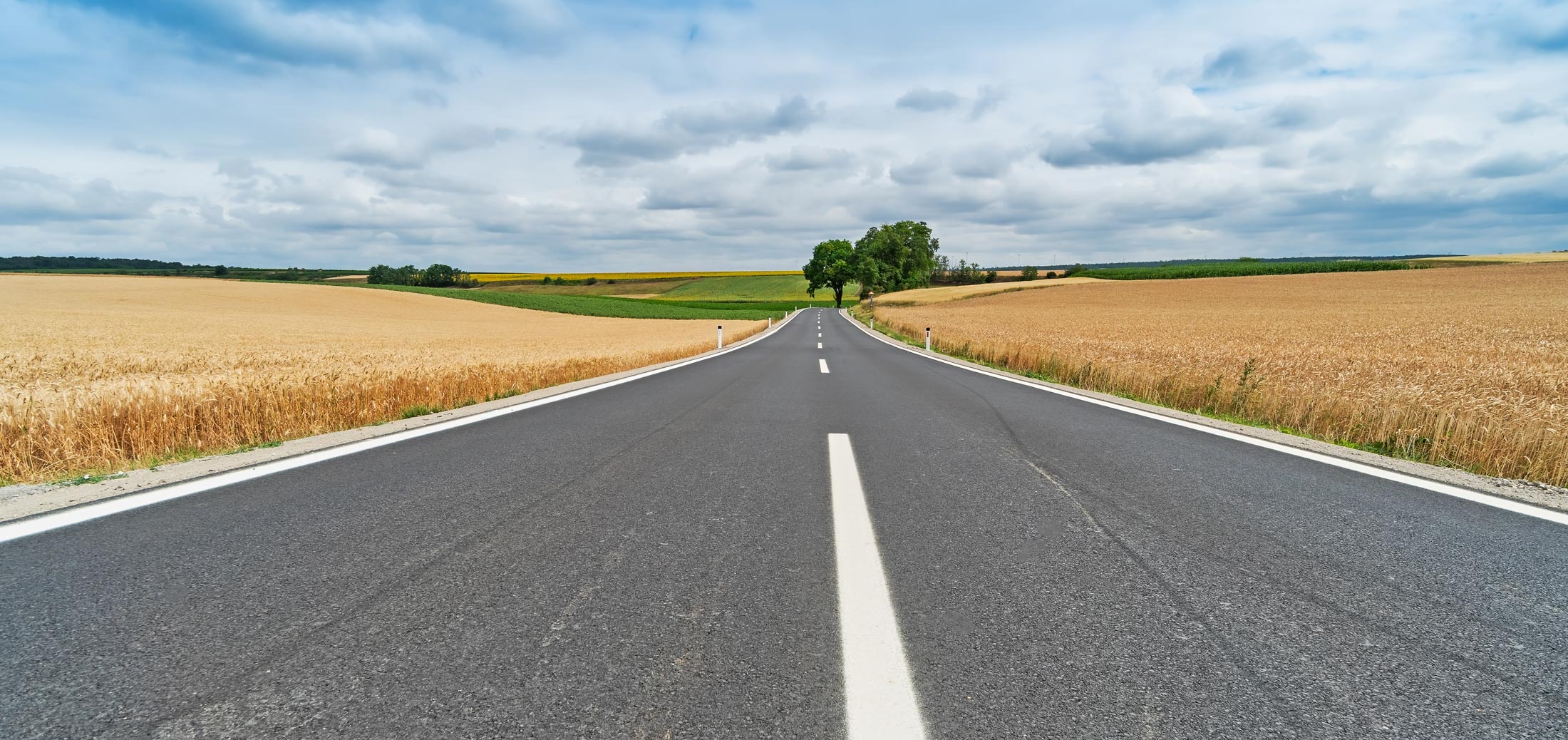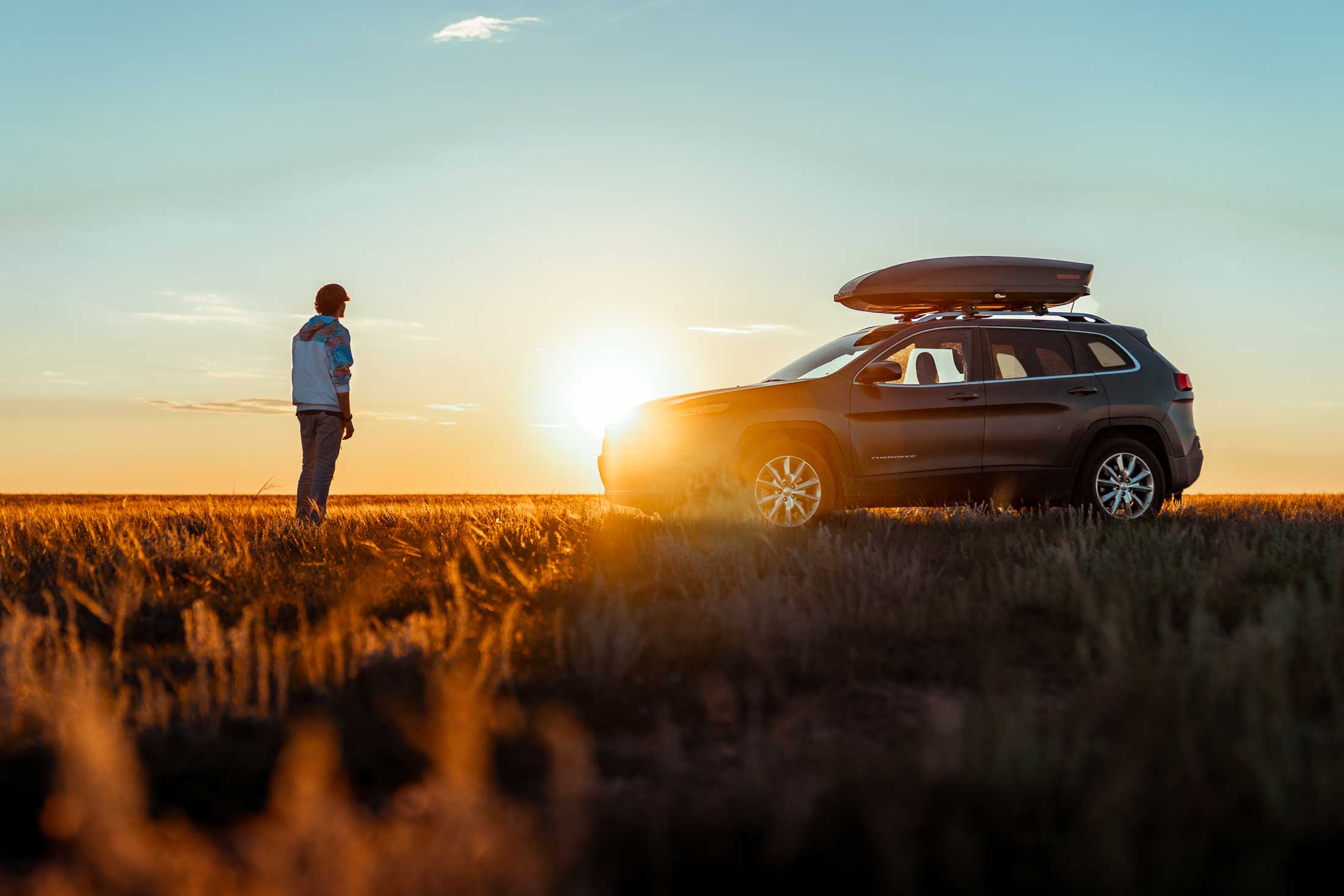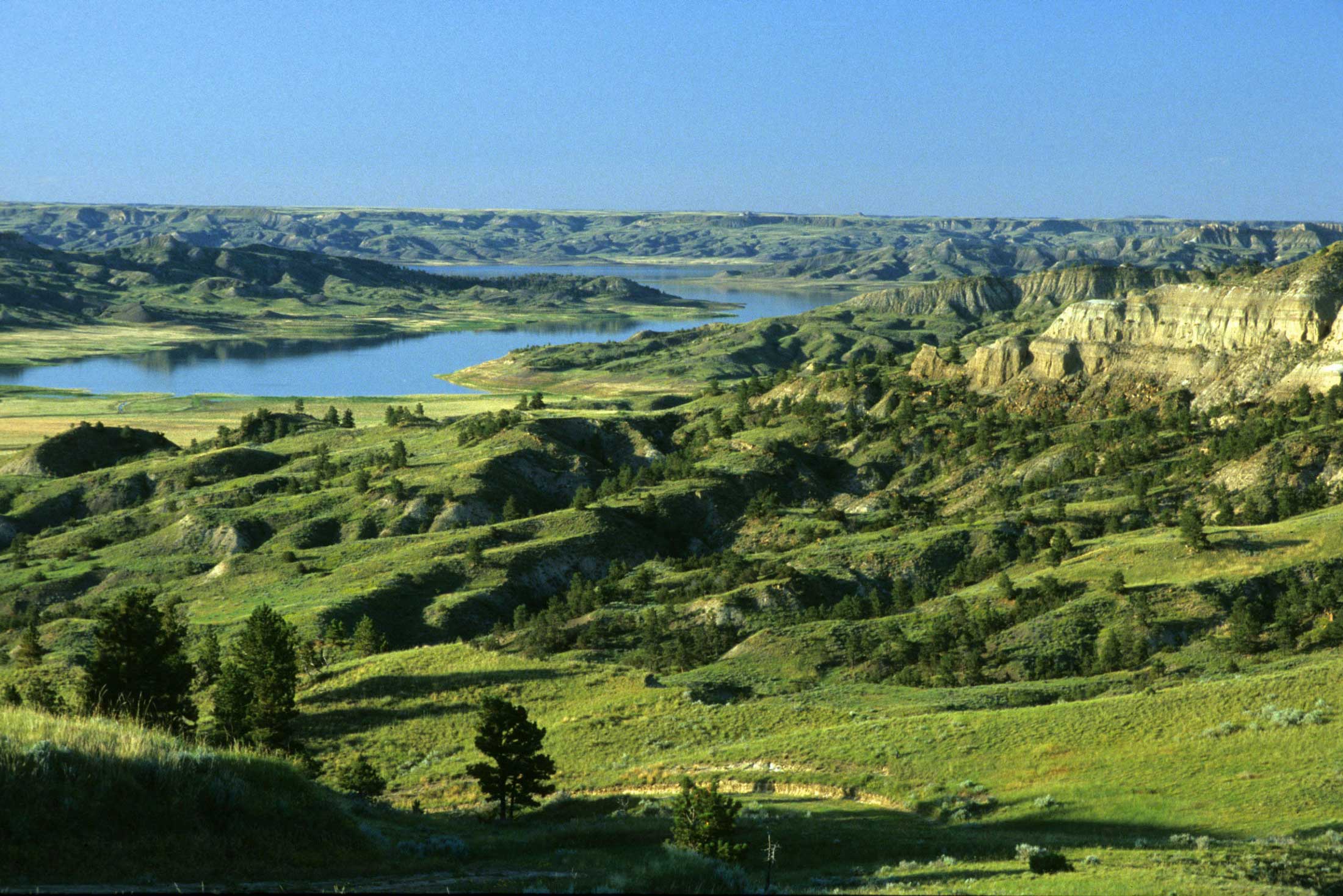
Montana's Missouri River Country


With a little preparation, crossing the border into Montana’s Missouri River Country is smooth sailing. We’ve rounded up the must-know info on border crossings, entry requirements, and handy resources to help you plan the perfect two-nation road trip. Know before you go—so you can hit the road with confidence and start exploring in no time.
When you reach a border crossing, be prepared to show identification and declare any goods you’re bringing across, including food, plants, alcohol, tobacco, pets, and firearms. For full details, visit the U.S. Customs and Border Protection and Canada Border Services Agency websites. Always remain respectful and answer all questions honestly. Border hours vary by day and location, so double-check the hours for your specific crossing.
Missouri River Country has four ports of entry from Saskatchewan into Montana that can be accessed with valid passports. Keep in mind: Saskatchewan stays on Central Standard Time year-round, making it one hour ahead of Montana when Montana is on Mountain Standard Time.
Opheim – West Poplar River
Crossing between West Poplar, Saskatchewan and Opheim, Montana
Coronach – Scobey
Crossing between Coronach, Saskatchewan and Scobey, Montana
Regway – Raymond
Crossing between Regway, Saskatchewan and Raymond, Montana
Morgan – Monchy
Crossing between Monchy, Saskatchewan and Morgan, Montana
For a full list of border crossings between Canada and Montana, visit the Canada Border Services Agency site. This resource provides details for each of the crossing points, helping you to choose the route that works best for your journey.
Proper identification is required for all travelers crossing the Canada – U.S. border. A valid passport is the most commonly recommended form of ID. If you need to apply for or renew a passport, visit the Canadian government website or U.S. State Department travel websites. Be sure to apply early to avoid delays.
While Canadian and U.S. citizens don’t need visas for entry, permanent residents may have different requirements. For more details on acceptable ID and travel documents, visit the Canada Border Services Agency and U.S. Customs and Border Protection websites.
If you're crossing the border with pets or service animals, be sure to follow all required regulations. Carry up-to-date vaccination records and review the specific guidelines from both Canadian and U.S. authorities.
Note: Pet food may be inspected—it is recommended to keep it in its original, unopened, packaging so ingredients can be verified easily.

Certain amounts of alcohol and tobacco for personal use are allowed across the border without any duty or tax having to be paid. Beyond those limits, however, you'll be taxed. You can find information on Canada's policies here and U.S. limits here.
Cannabis and cannabis-containing products—including edibles, extracts, and topicals—are illegal to transport across the border, regardless of local laws on either side. Leave all cannabis products behind when traveling internationally.
Planning to hunt in Northeast Montana or South Saskatchewan? Both the U.S. and Canada have strict rules for bringing firearms across the border. Begin the permitting process early to ensure you have all required documentation well before your trip.
Rest assured that the border control areas strive to provide accessible services. However, it is advisable to contact the border services in advance to discuss any specific needs for your crossing process.
For a smoother border-crossing experience, download the Canada Border Services Agency app. It offers real-time updates on wait times and border conditions, helping you plan your trip more efficiently.

The U.S. uses U.S. dollars (USD) and Canada uses Canadian dollars (CAD). While major credit cards like Visa, MasterCard, and American Express are widely accepted in both countries, don’t expect to use U.S. dollars in Canada—or Canadian dollars in the U.S.—for purchases. If you prefer cash, exchange currency at your bank before traveling. You can also withdraw local currency from ATMs; check if your bank has cross-border partners or network access to help reduce withdrawal fees.
In the U.S., distances are measured in miles, while Canada uses kilometers. One mile equals about 1.6 kilometers, and one kilometer is roughly 0.62 miles.
Both Montana and Saskatchewan lie within the Mountain Time Zone, but Saskatchewan stays on Central Standard Time year-round. This means Canada is one hour ahead of Montana when Montana is on Mountain Standard Time, and shares the same time as Montana during Daylight Saving Time.
Your cell phone will likely still work for calls after crossing the border, but texting and other features may be limited. Check with your carrier beforehand to confirm your phone’s coverage and any roaming fees while traveling.
Keep in mind that cell service can be spotty throughout Missouri River Country, especially in more rural or remote areas. While we can’t speak for all parts of Canada, you may also encounter limited service north of the border—so it’s always smart to download maps or travel info ahead of time.
Missouri River Country and South Saskatchewan are rural areas with long stretches where services can be scarce. Keep an eye on your fuel gauge and fill up whenever you can—avoid letting your tank drop below a quarter. Gas stations in both Montana and Saskatchewan are usually self-service. If paying at the pump in the U.S. with a Canadian credit card and prompted for a ZIP code, try entering the first three digits of your postal code followed by two zeros. If that doesn’t work, the cashier inside can assist. It’s also wise to carry some cash in case of card issues.